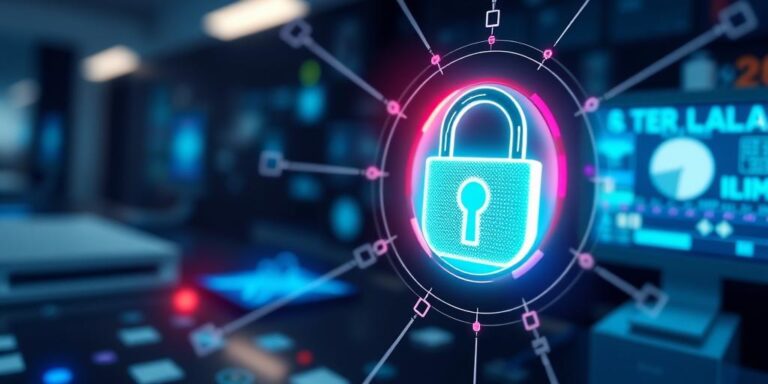Securing Medical Devices in the IoMT Ecosystem: A 2025 Critical Need
The Internet of Medical Things (IoMT) is revolutionizing healthcare, connecting medical devices and systems to improve patient care, streamline operations, and enable remote monitoring. However, this interconnectedness introduces significant cybersecurity risks. As we approach 2025, securing medical devices within the IoMT ecosystem is becoming a critical need, demanding immediate attention and robust strategies.
The Expanding IoMT Landscape
The IoMT landscape is rapidly expanding, encompassing a wide array of devices, including:
- Wearable health trackers: Monitoring vital signs and activity levels.
- Implantable devices: Pacemakers, insulin pumps, and neurostimulators.
- Diagnostic equipment: Imaging systems, blood analyzers, and lab equipment.
- Remote monitoring systems: Telehealth platforms and patient monitoring devices.
This proliferation of connected devices offers numerous benefits but also creates a larger attack surface for cyber threats. The sensitive nature of patient data and the potential for device malfunction make IoMT devices prime targets for malicious actors.
Cybersecurity Risks in the IoMT
Several cybersecurity risks threaten the IoMT ecosystem:
- Data Breaches: IoMT devices collect and transmit sensitive patient data, including personal information, medical history, and treatment details. A data breach can expose this information, leading to identity theft, financial loss, and reputational damage.
- Device Manipulation: Hackers can exploit vulnerabilities in medical devices to manipulate their functionality. This could result in incorrect dosages, disrupted treatments, or even life-threatening situations.
- Denial of Service (DoS) Attacks: DoS attacks can disrupt the availability of critical medical devices and systems, preventing healthcare providers from accessing vital information or delivering timely care.
- Ransomware Attacks: Ransomware attacks can encrypt medical device data, rendering devices inoperable until a ransom is paid. This can disrupt healthcare operations and endanger patient safety.
- Lack of Security Updates: Many IoMT devices have long lifecycles and may not receive regular security updates, leaving them vulnerable to known exploits.
Addressing the Critical Need for Security
To mitigate these risks, healthcare organizations, medical device manufacturers, and regulatory bodies must take proactive steps to secure the IoMT ecosystem:
- Implement Robust Security Measures: Implement strong authentication, encryption, and access controls to protect medical devices and data.
- Regular Security Audits and Penetration Testing: Conduct regular security audits and penetration testing to identify vulnerabilities and ensure that security measures are effective.
- Security-by-Design: Incorporate security considerations into the design and development of medical devices from the outset.
- Timely Security Updates and Patch Management: Provide timely security updates and patches to address vulnerabilities in medical devices.
- Network Segmentation: Segment the network to isolate critical medical devices and limit the impact of potential breaches.
- Incident Response Planning: Develop and implement incident response plans to effectively manage and mitigate security incidents.
- Employee Training and Awareness: Educate healthcare professionals and IT staff about IoMT security risks and best practices.
- Collaboration and Information Sharing: Foster collaboration and information sharing among healthcare organizations, medical device manufacturers, and regulatory bodies to stay ahead of emerging threats.
The Role of Regulatory Bodies
Regulatory bodies, such as the FDA in the United States and the EMA in Europe, play a crucial role in setting security standards and guidelines for medical devices. Compliance with these standards is essential for ensuring the safety and security of the IoMT ecosystem. Regulatory bodies should:
- Establish Clear Security Standards: Define clear and comprehensive security standards for medical devices.
- Enforce Compliance: Enforce compliance with security standards through audits, inspections, and other regulatory mechanisms.
- Promote Cybersecurity Information Sharing: Facilitate the sharing of cybersecurity information and best practices among stakeholders.
Looking Ahead: Securing the Future of IoMT
As the IoMT ecosystem continues to evolve, securing medical devices will remain a critical need. By taking proactive steps to address cybersecurity risks, healthcare organizations, medical device manufacturers, and regulatory bodies can ensure the safety, security, and effectiveness of IoMT devices, ultimately improving patient care and outcomes. Collaboration, innovation, and a strong commitment to security are essential for realizing the full potential of the IoMT while safeguarding patient data and well-being.




